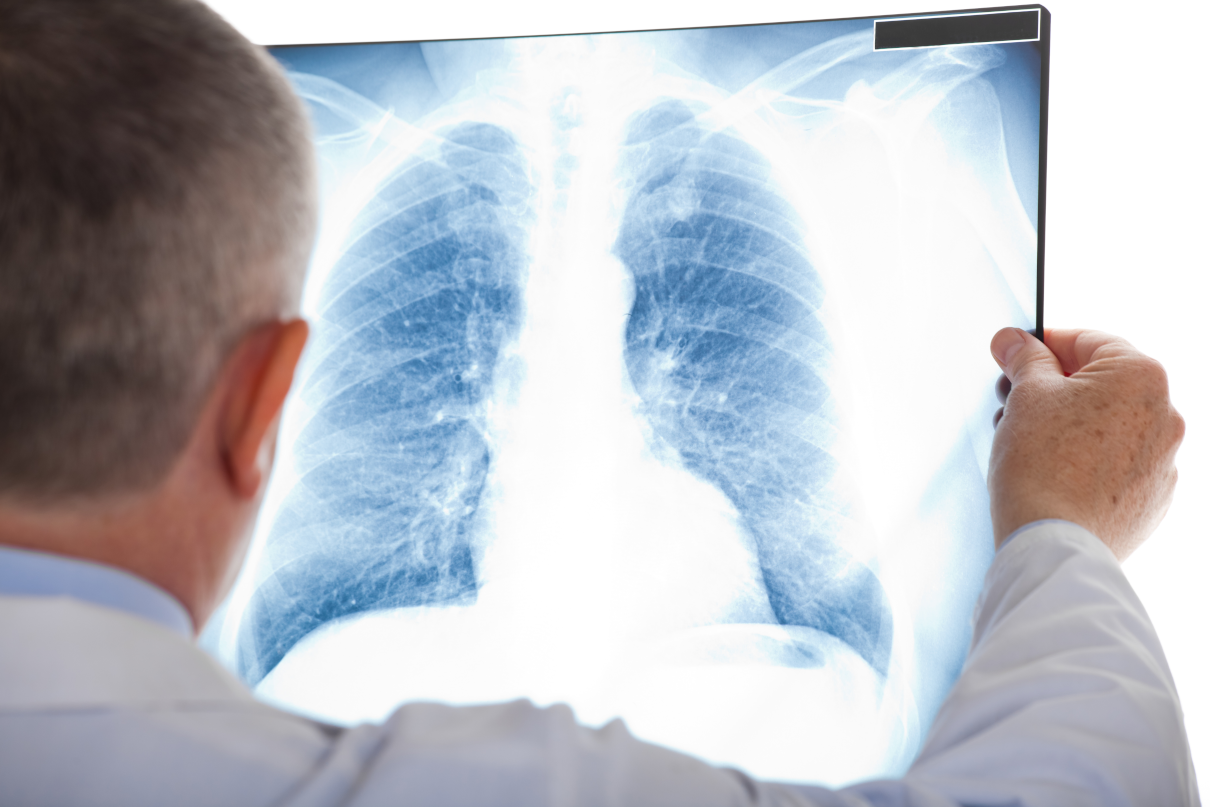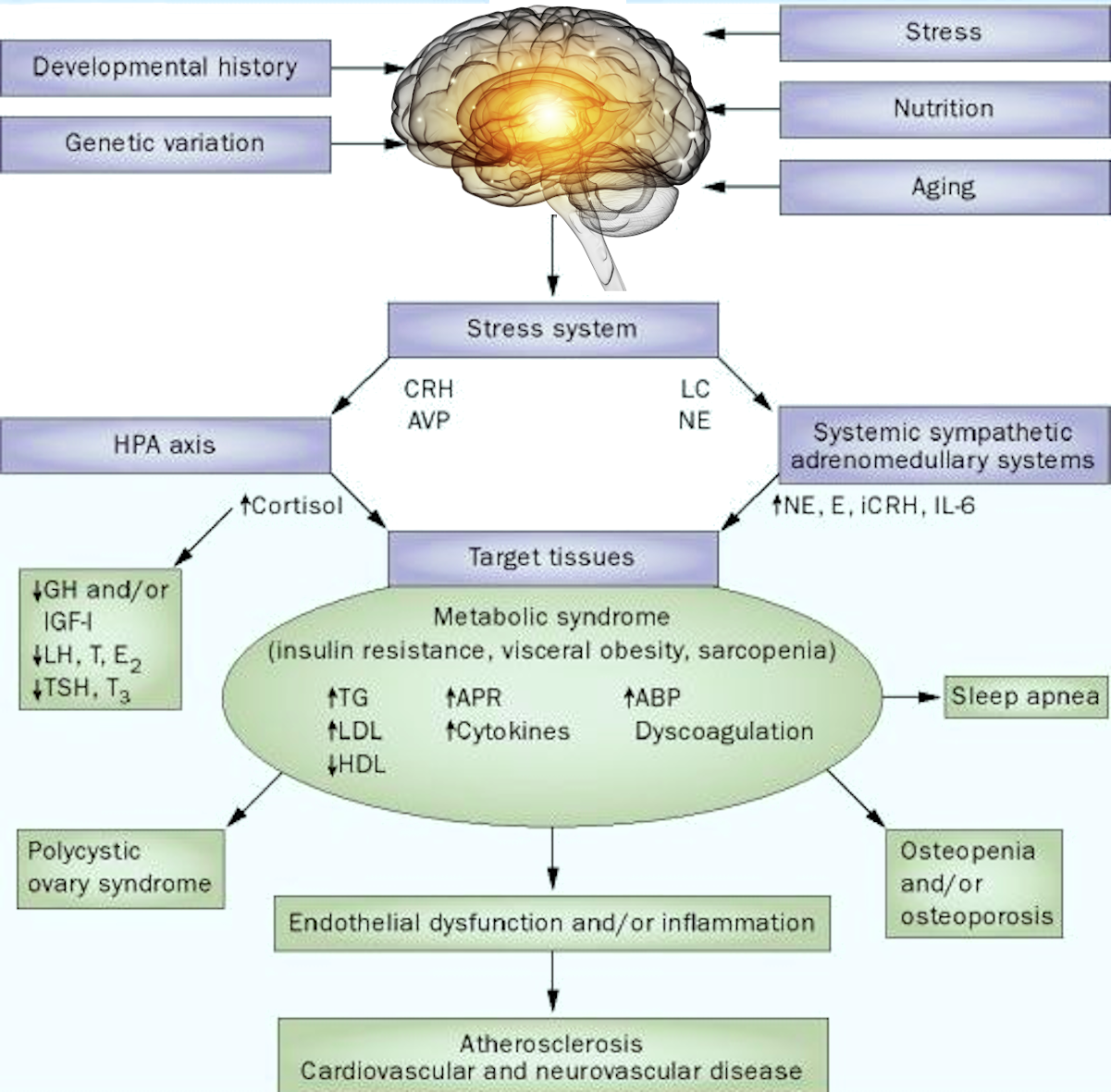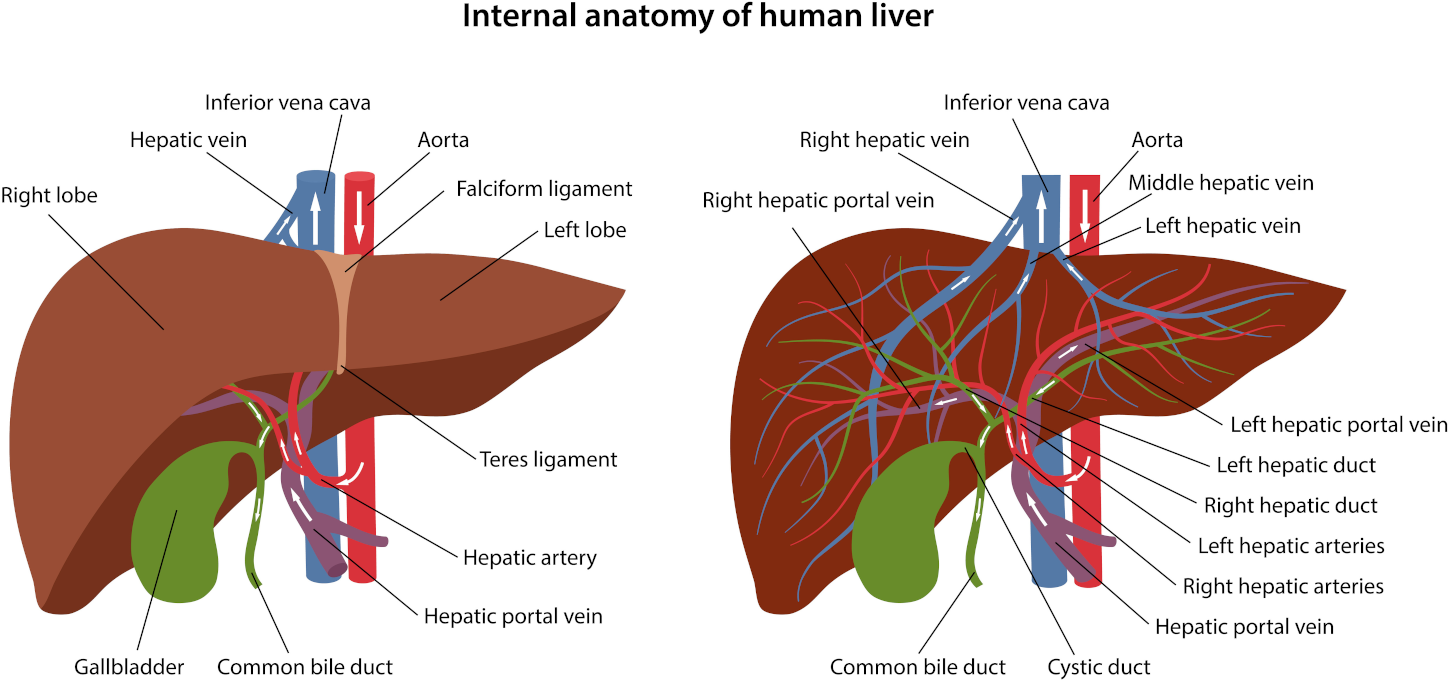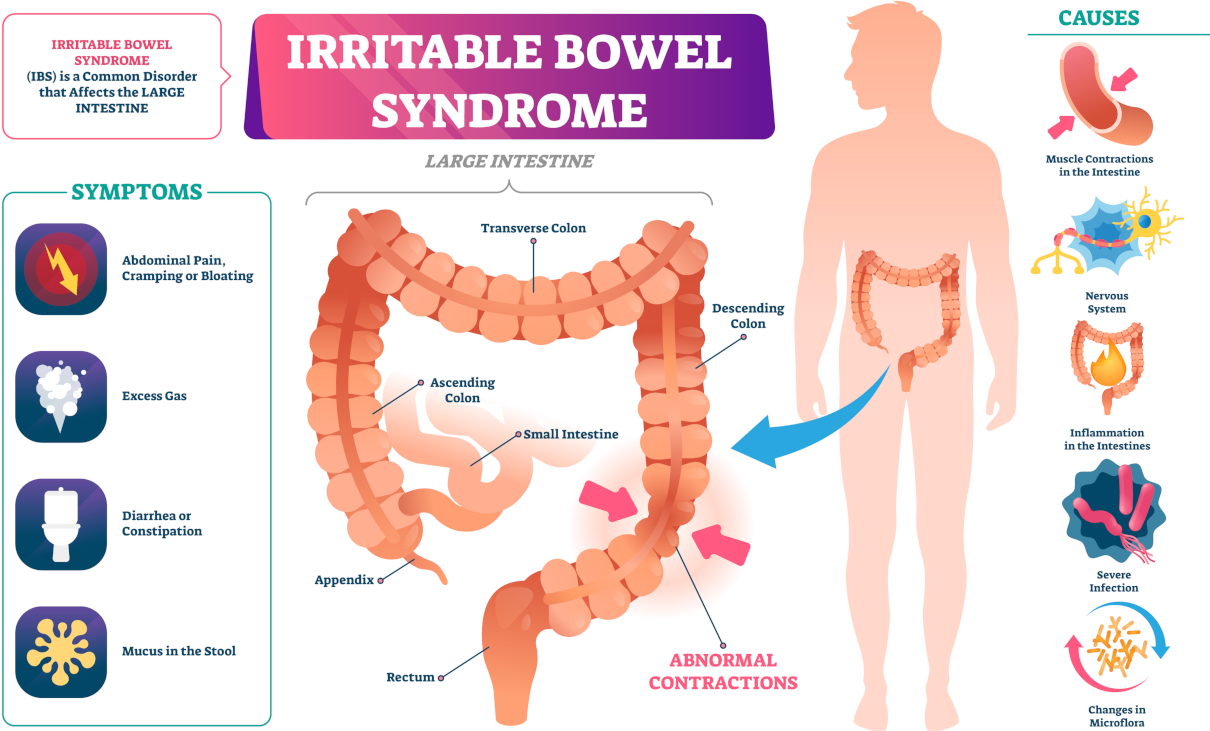
Group B streptococci or Streptococcus agalactia colonize the nasopharynx, digestive tract and vagina. Serovar bacteria are also trophic to the central nervous system and respiratory tract tissue. Besides, they most often cause meningitis in neonates.
Contamination
Contamination occurs when the fetus advances through the generative passage infected by streptococci. Streptococcal pneumonia develops with respiratory viral infections in the background; ‘pure’ bacterial lesions rarely arise, but pneumonia is quite common as a complication of acute respiratory viral disease.
Extensive respiratory virus contamination makes the pulmonary tissue more sensitive to bacterial superinfections within a few hours after the primary infection agent permeates it. Medics found lesions caused by group B streptococci in all age groups, but neonate pathology is predominant.

Food intolerance test of 208 ingredients
This is our most comprehensive food and drink test. It analyses your client’s IgG antibody reactions to 208 food and drink ingredients. This test will highlight their food triggers and help you formulate an IgG-guided elimination diet together.
Statistic Streptococcus agalactia
Thirty per cent of children display early manifestations. Moreover, neonate-related diseases take a grave course, and the death rate reaches thirty-seven per cent.
Ten to twelve per cent of children who display tardy manifestations of meningitis usually die. And fifty per cent of survivors have residual lesions. Group B streptococci or Streptococcus agalactia causes postpartum infections in women in labour. We know those as endometritis, urinary tract disorders, and operative wound complications after cesarean section.
Microorganisms
Medics have noticed that the microorganisms can cause lesions of cutaneous integument, fleshy tissue, and meningitis in adults. Older people who suffer from diabetes mellitus, peripheral vessel disorders, liver diseases and malignant new growths are particularly vulnerable.

Mini Detox PLUS – 3 colonics, minerals, herbal & probiotic implants
The ideal pattern of colonic treatments includes three alkalising colon hydrotherapy treatments with sodium bicarbonate, one anti-parasitic implant on the first treatment, one liver and gall bladder stimulating herbal implant on the second treatment, and a high-strength probiotic implant on the third colonic.











